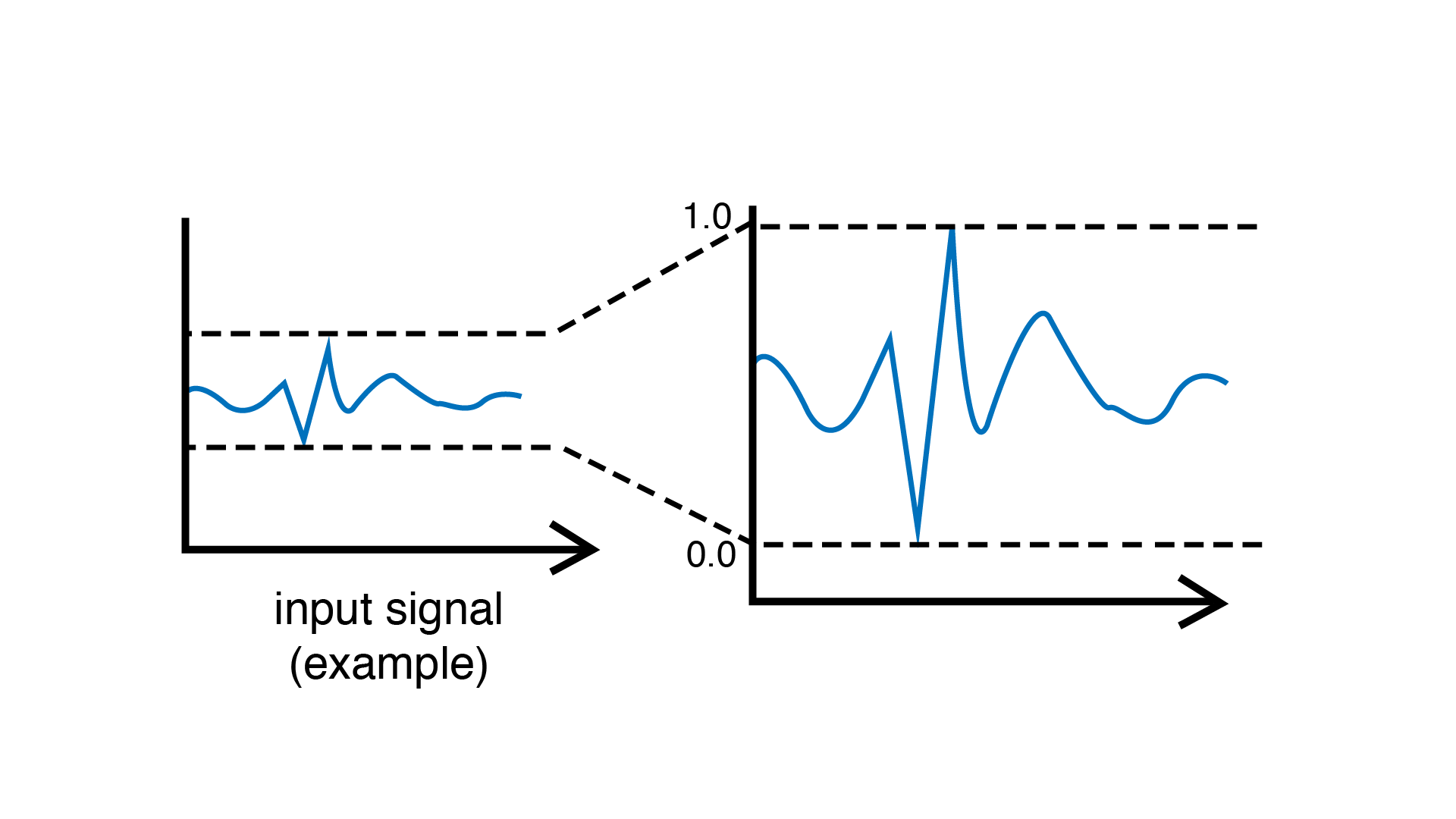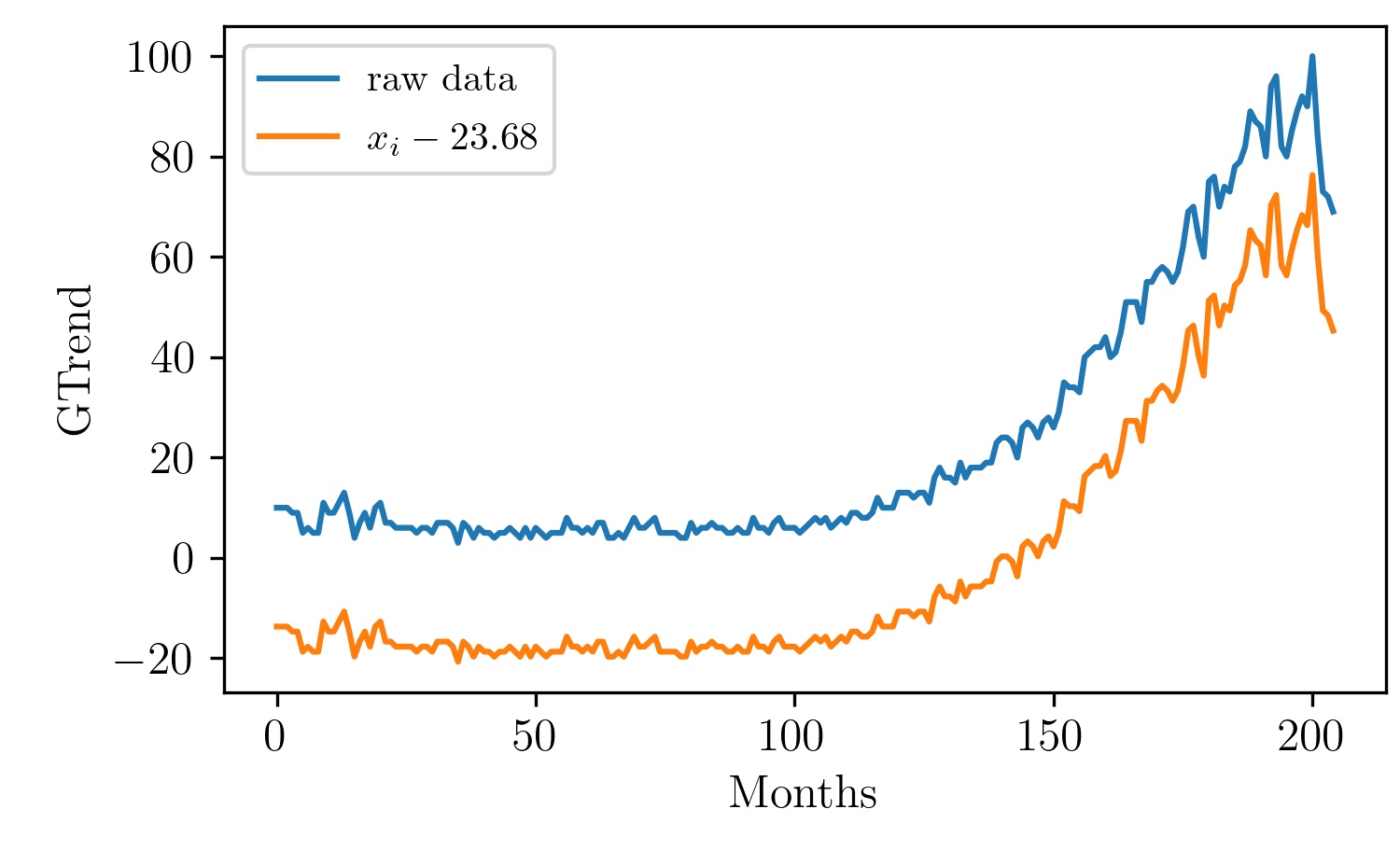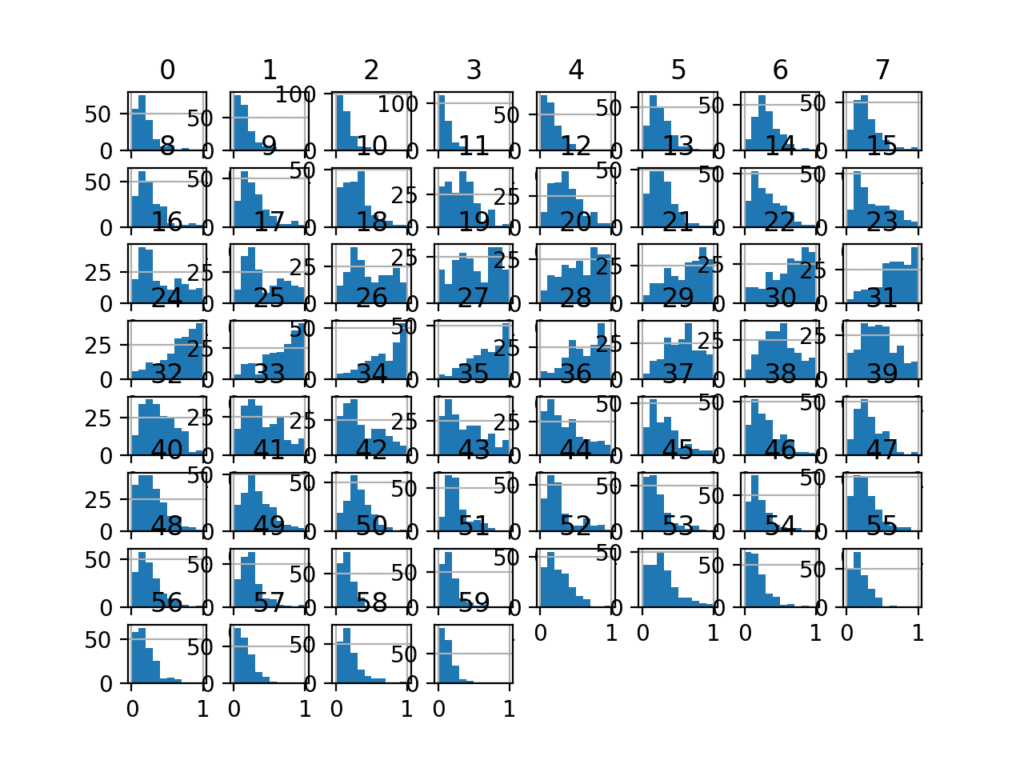sklearn.preprocessing.MinMaxScaler — scikit-learn 1.3.2 documentation. Learn how to use MinMaxScaler, an estimator that scales and translates features to a given range, such as zero mean, unit variance. See parameters, attributes, methods, examples and notes of this class.. Can someone explain to me how MinMaxScaler() works?. MinMaxScaler () is a preprocessing method that normalizes the input features/variables to the range [0,1] before model fitting. Learn how it works, why it is important, and see how to use it with LogisticRegression in Python with code examples and links to references.. How to Use StandardScaler and MinMaxScaler Transforms in Python. Learn how to use scaler transforms to standardize and normalize numerical input variables for classification and regression. See the difference between normalization and standardization, the steps of data preparation, and the benefits of using MinMaxScaler transform.. sklearn.preprocessing.minmax_scale — scikit-learn 1.3.2 documentation minmaxscaler. In general, we recommend using MinMaxScaler within a Pipeline in order to prevent most risks of data leaking: pipe = make_pipeline(MinMaxScaler(), LogisticRegression()). See also. MinMaxScaler. Performs scaling to a given range using the Transformer API (e.g. as part of a preprocessing Pipeline). minmaxscaler. Compare the effect of different scalers on data with outliers





